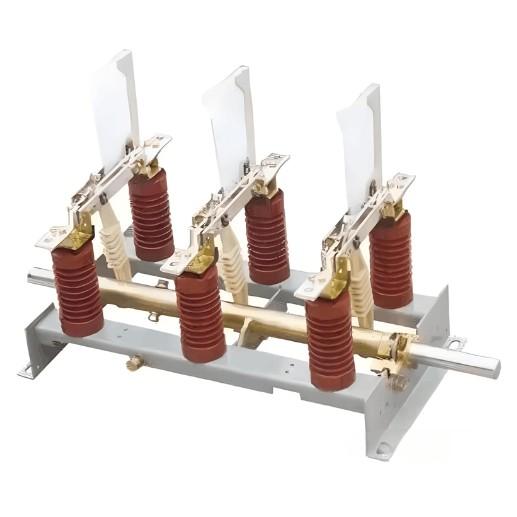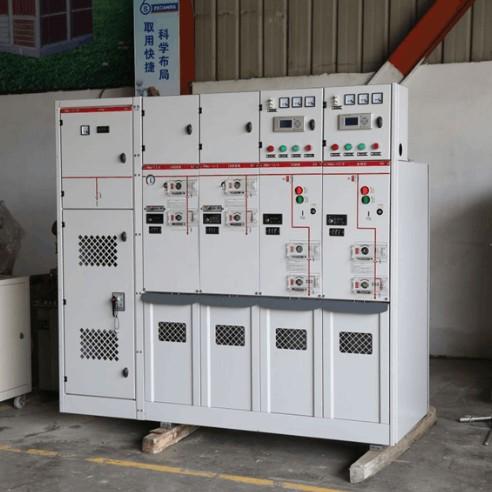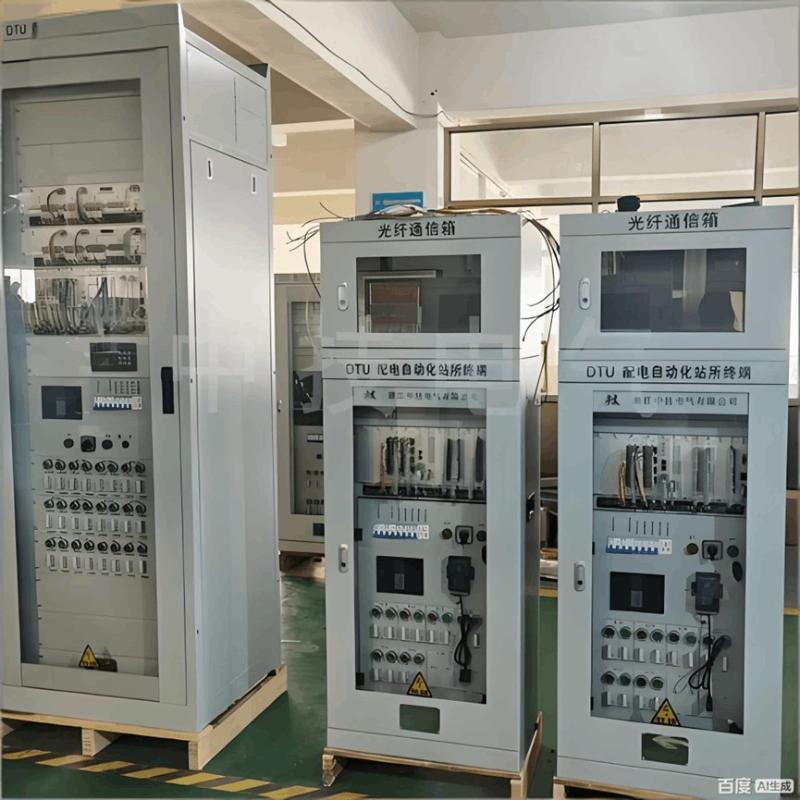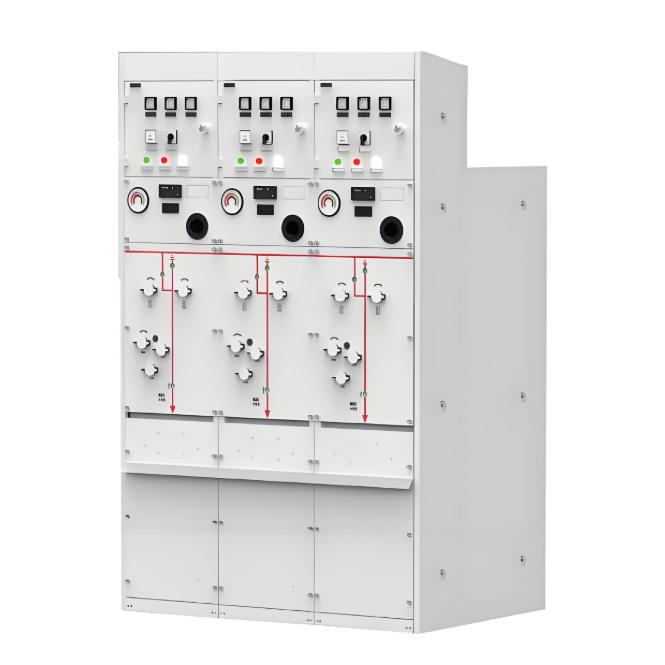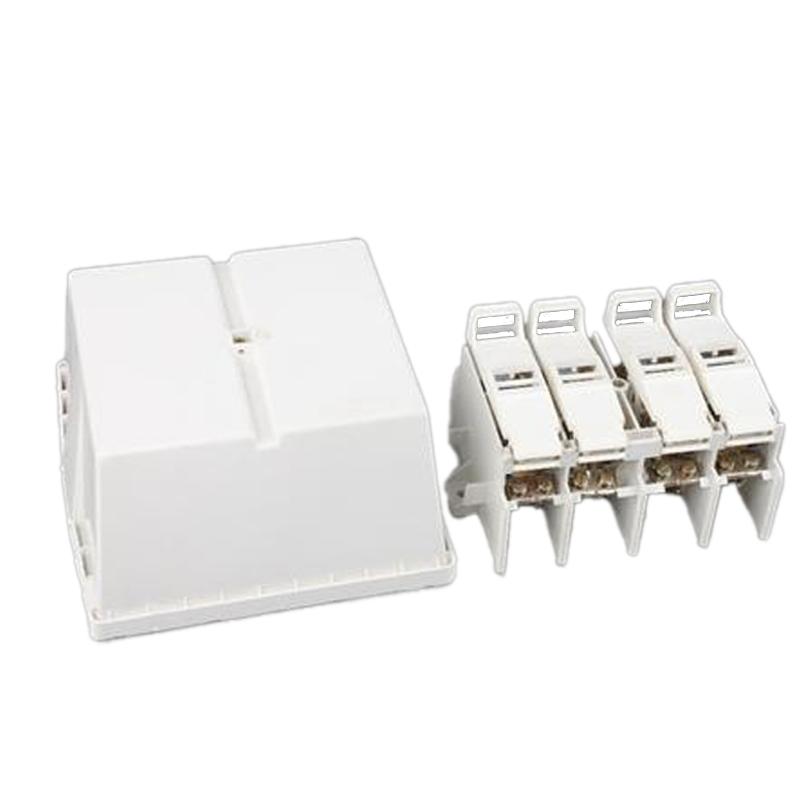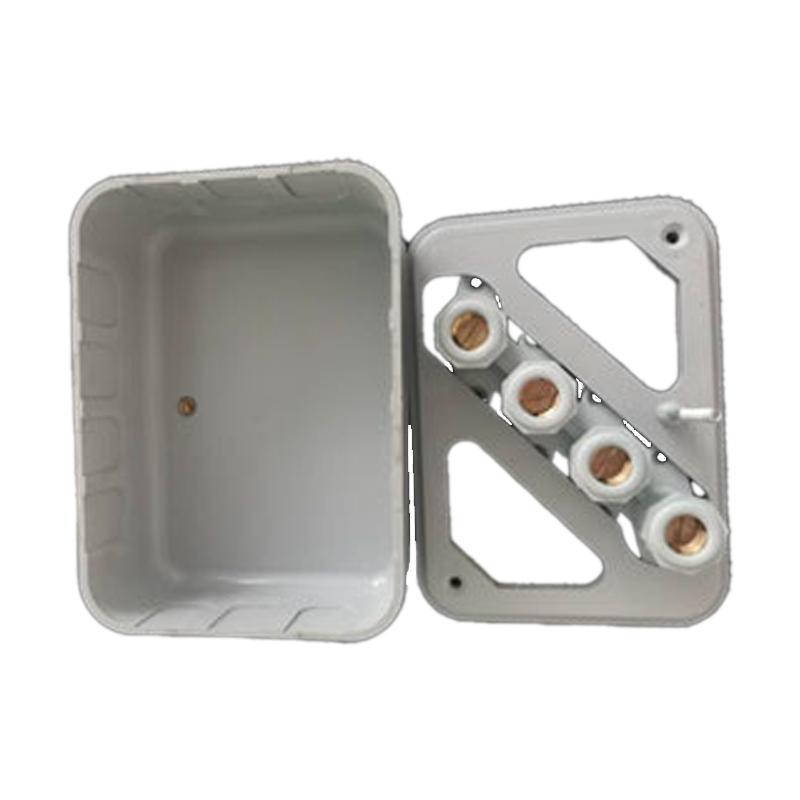
【Abstract】 In urbanization construction, the power system is the most fundamental electrical facility and a critical energy source. To ensure the safety and stability of the power supply during the operation of the power system, it is essential to scientifically and rationally select the high and low voltage distribution cabinets in distribution rooms. This ensures the safety and reliability of the distribution cabinets' operation while making the configuration more scientific, economical, and rational through optimized selection. Additionally, the main technical parameters and requirements for key components must be clearly defined to select efficient and practical equipment from the wide variety of available distribution cabinets. Under the condition of meeting one-time investment costs, the selected equipment should operate reliably and safely while delivering benefits such as energy efficiency, user-friendliness, and ease of maintenance.
【Keywords】 Distribution room; High and low voltage distribution cabinets; Optimal selection
1. Introduction
With the rapid development of the social economy, electrical energy has become one of the most relied-upon energy sources in modern society and, to some extent, drives urbanization. To achieve normal power usage, it is necessary to enhance the safety and stability of the power supply system. In the selection of high and low voltage distribution cabinets for distribution rooms, the advanced nature and scientific design of the equipment must be ensured to guarantee the efficient and safe operation of the power supply system.
2. Optimal Selection of High and Low Voltage Distribution Cabinets in Distribution Rooms
2.1 Selection of High Voltage Distribution Cabinets
In the selection of high voltage distribution cabinets for distribution rooms, certain principles should be followed, and multiple factors should be considered. These include the following aspects:
(1) Operational Reliability
In the optimal selection of high voltage distribution cabinets, the project's investment status should first be fully considered, and the existing high voltage supporting equipment should be analyzed to verify the power supply reliability of the high voltage distribution cabinets. Since withdrawable components in withdrawable cabinets can be installed on independently removable carts and this functionality is available even when the main circuit is energized, the selection of high voltage distribution cabinets should prioritize ease of replacement, efficiency, and simple, safe maintenance. However, the use of withdrawable cabinets imposes higher requirements on civil ground construction. To facilitate the movement of carts in and out of the switchgear, the top surface of the cabinet's internal rails should be level and consistent with the external floor, and insulation rubber mats can be laid to reduce vibration during equipment movement. Typically, medium-voltage withdrawable cabinets are an improved version of withdrawable cabinets. When withdrawable components are installed on carts in the middle of the cabinet, specialized transport vehicles should be used during movement, and the height of the transport vehicle's base should be adjusted during the withdrawal and insertion of components. For fixed high voltage distribution cabinets commonly used in the past, such as the GG-1A type, all components are fixed inside the cabinet. If a component fails, the entire cabinet must be powered down for maintenance, which delays repair time and reduces the continuity of the power supply system. Therefore, when selecting high voltage distribution cabinets, practical conditions should be considered, and priority should be given to equipment that is reliable and easy to maintain and repair.
(2) Ease of Operation
In power distribution systems, simplified maintenance has become a sign of the maturity of various distribution cabinet technical indicators and a research direction for manufacturers to further improve product reliability. Currently, the secondary circuits of commonly used high voltage distribution cabinets often employ relay protection and control systems. Due to factors such as the operational reliability of relay coils, contact lifespan, and signal detection sensors, the failure rate of detection and control systems in traditional relay protection systems is relatively high, and the operation process is cumbersome, resulting in higher maintenance costs. In recent years, with the gradual improvement and significant cost reduction of intelligent comprehensive protector models, computer-intelligently controlled distribution cabinets have become the preferred option in configuration projects. Although the initial investment may be higher, the use of built-in intelligent comprehensive protectors significantly enhances the technical content of high voltage cabinets. Moreover, the components inside the cabinet are simplified, reducing maintenance and repair workload after operation and saving substantial costs. Therefore, when optimizing the selection of components for high voltage cabinets, the actual conditions of the power system and budget constraints should be considered, and intelligent comprehensive protector models that are easy to operate and maintain should be selected to improve the efficiency of high voltage cabinets.
(3) Practicality
Currently, high voltage distribution cabinets are available as domestic and imported products. Domestic high voltage distribution cabinets are relatively affordable, reliable in performance, and easy to maintain. However, they are often bulky and occupy more space. Thus, if the distribution room has limited space, the size of the distribution cabinet should be a key consideration during selection. If the budget allows, imported compact products can be chosen to avoid difficulties during subsequent construction and inconveniences caused by narrow operating spaces during use and maintenance. Imported high voltage distribution cabinets are generally more expensive but offer reliable performance and compact sizes. Their components are arranged tightly, but maintenance can be more complicated. Therefore, in the optimal selection of high voltage distribution cabinets for distribution rooms, practicality must be a principle to ensure the cabinets align with actual conditions. Additionally, when selecting high voltage distribution cabinets, the number of input power branches and load branches should be determined based on the nature of the load.
2.2 Selection of Low Voltage Distribution Cabinets
(1) When selecting low voltage distribution cabinets, the technical parameters must first be determined, and optimal selection should be made based on predetermined parameters. The spatial area of the distribution room, installation location, and reserved space for the low voltage distribution cabinets should also be confirmed. A thorough analysis of the current and main busbar peak current data that the low voltage distribution cabinets need to withstand during peak power supply periods is essential. Furthermore, during selection, aspects such as the maximum rated current, functional unit form, and enclosure protection level of the distribution cabinets must be verified.
(2) In the selection of low voltage distribution cabinets, the functional requirements of components should be analyzed. Based on actual conditions, factors such as installation methods, functional modules, ease of maintenance, and operating environment temperature should be evaluated. Particular attention should be paid to the selection of circuit breakers to ensure the main busbar has functions such as grounding protection, memory, and three-stage protection with early warning. Additionally, low voltage distribution cabinets should support selective interlocking in specific areas, possess interlocking operation functions at different levels, and enable modular operation of various functional accessories.
2.3 Considerations for Protection Functions of Distribution Cabinets
Distribution cabinets must adapt to different usage environments in the power system and have effective automatic protection functions. Generally, high and low voltage distribution cabinets use fuses as protective components. If the current exceeds the set value, the fuse heats up and melts the fusible element, disconnecting the circuit to protect it from damage caused by overcurrent. Distribution cabinets primarily protected by fuses and valve-type surge arresters are relatively low-cost in the market. However, since fuses have low sensitivity to overload protection and are mainly used as short-circuit protection components in circuits, such cabinets are only suitable for use under conditions of stable loads and good power quality. For scenarios with large and complex loads, distribution cabinets with high and low voltage circuit breakers as protective components must be considered to ensure the safety of the power distribution system. When optimizing protective components for distribution cabinets, both cost and safety performance should be key considerations. In terms of cost, protective components such as fuses and valve-type surge arresters are inexpensive and require lower initial investment but offer incomplete protection. The addition of circuit breakers, especially modern vacuum circuit breakers or sulfur hexafluoride circuit breakers, which can handle higher overload conditions and have high overcurrent sensitivity, can address faults such as overloads and short circuits. Although these are more expensive, they provide comprehensive protection. Therefore, based on the overall project budget, high and low voltage distribution cabinets with circuit breakers as protective components should be selected whenever funds allow.
3. Conclusion
In the optimal selection of high and low voltage distribution cabinets for distribution rooms, it is essential to first gain a detailed and in-depth understanding of the comprehensive performance and parameters of various equipment models. Then, based on actual conditions, suitable distribution cabinets should be selected to ensure operational reliability, economic applicability, and simplified maintenance. In summary, the selection principles should align with the requirements of being scientific, rational, economical, user-friendly, easy to maintain, and having good performance. This effectively guarantees the reliability, safety, and efficiency of distribution room operations, ensuring the normal functioning of the power system.











